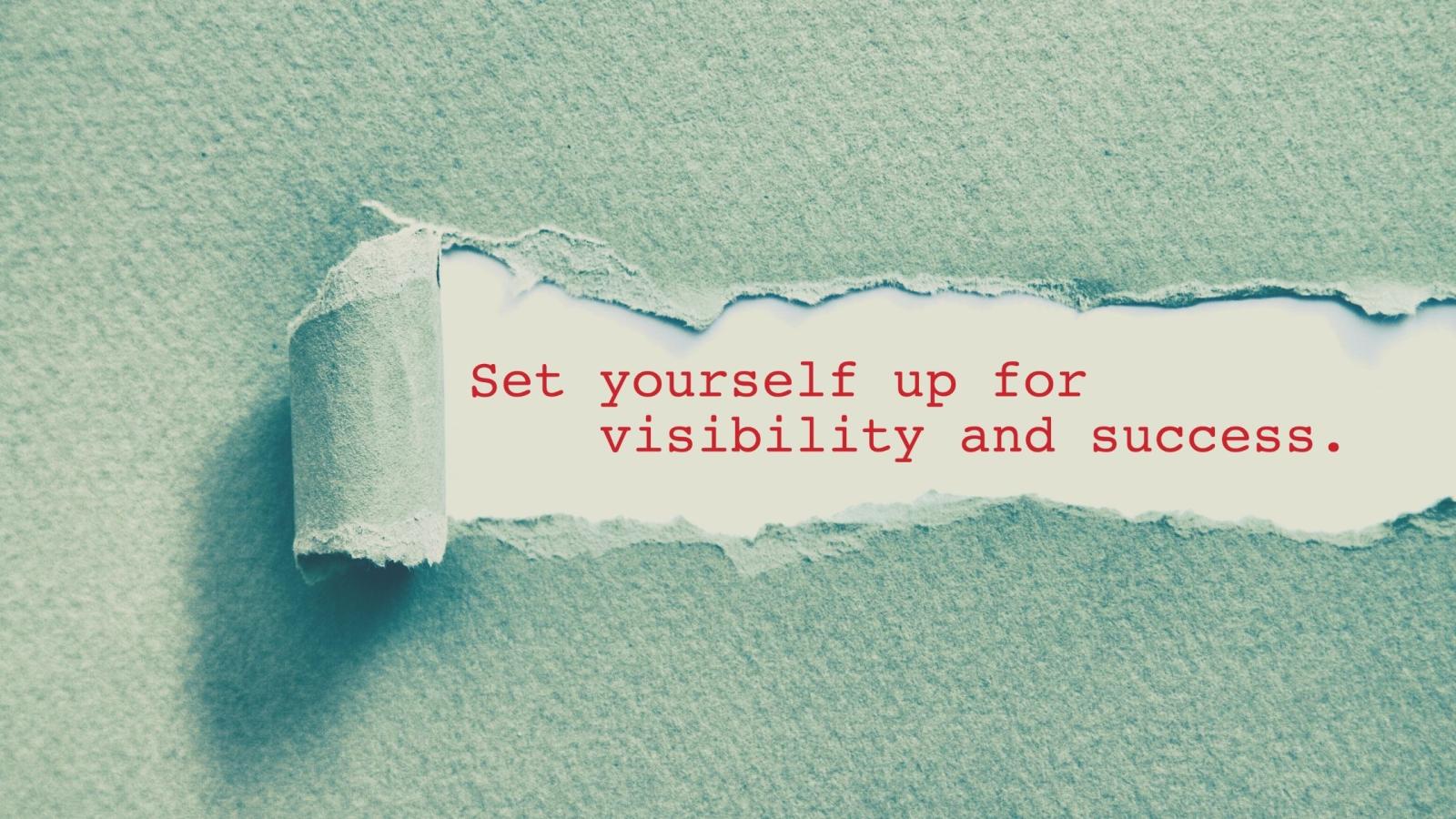The Landscape is Changing
Over the last few months, I have realized how adaptable we are to change. How we can actually make situations we have never encountered before, into something valuable and worthwhile. We are all still learning recraft our lives post-covid but how do we continue to stand out at work when how we look at work has changed. If I have learned anything in the last 18 months, it is that I get to choose how I show up in my own movie.

The Face of Work is Changing
I don’t need to tell you there have been massive changes in the workforce lately. Unemployment numbers jumped by 10% in Canada and the US from January 2020 to April 2020 topping the charts at close to 15%. That’s almost 2 million unemployed in Canada and over 23 million in the US.
With those kinds of numbers being reported, many who are looking for work or looking to change their jobs are now having second thoughts.
But as the world adjusts to a new normal, it is a perfect time to pause and reflect on what it is you want your next move to be. Once you know what that looks like, start your journey. There are things you can do to mitigate the risks and capitalize on the opportunities.
5 Tips to Stop The Job Drain
1. Find your real frustrations
We usually know we’re frustrated but we often don’t pause to figure out the core of the frustration. Frustration is an instant emotion and will surface well before the root cause. If you’re frustrated because you don’t have enough time, underneath you might feel hurt and disrespected. It is easier to act on the root causes than it is to act on the immediate frustration.
2. Is it really that bad?
The answer sometimes is – hell yeah!! And sometimes the answer is “not really”. Dig in and challenge your negativity bias. Start reflecting throughout the day on what is working and what isn’t. We forget all the small wins and the things which are working well because our brains stick with the bad stuff.
3. Where are you in your journey?
Prior when asked about my 5 year plan I would laugh and then shrug it off. “Who needs a plan? I’m happy to see where things go.” But be cautious! There’s a difference between not attaching to the outcome and roaming around lost at sea. Where do you see yourself in 5 years? And if that is too hard, start backwards and plot your journey from 5 years ago until now? What do you see about where you’re going? How do you feel about that? And once you know a little bit about your journey, can you find things at work that are more in alignment?
4. What are you curious about?
Many companies and organizations offer tuition breaks or free training. Now is the time to take advantage of what the company has to offer. See if there are places and spaces you are curious to explore. How can learning something new add a new breathe of fresh air into some tired old sails?
5. Talk about it
More often than not, sitting and stew about things never changing or about opportunities passing you by, does nothing to create change. Once you are clear in what you’re missing, have a conversation with your leader or mentor. Let them know you are disengaging and are looking to re-light the fire. So often, I see people leave companies that would have bent over backwards for them. They leave and end up still dissatisfied.
Sometimes you may find you are in the right place but you’re doing the wrong thing.
Or you’re doing the right thing at the wrong place. Or maybe you need to leave and try something completely new.
Whichever it is, you can be assured the feeling comes from a knowing. When you have that knowledge, work won’t feel so draining.
You will find time opens up to be able to breath a little easier while you look for something to put wind in your sails.
Having trouble getting started? Book a free coaching call to get you to the starting line.

Set It Up for Success
Here are ways for you to start discovering what your next move might look like.
Connect to your purpose
This isn’t about your “great-big-purpose”, or it doesn’t have to be. It is about connecting with your “right now” what and your “right now” why.
Ask yourself:
- Dig into your “right now” why! Your purpose and connection to your jobs change over time. What are you hoping to get from this next opportunity? What is it that you really want? What am I looking for in this next opportunity? Security? Growth? Flexibility? Control? Benefits?
- Find your strengths! There are many free strength finder assessments out there (there are a few links on my website) but the purpose of these assessments isn’t just getting to know yourself, it is about understanding your strengths and the type of environment you thrive in.
- Tap into your joy! What is it that you really love about work you have done in the past? Lean into the things that light you up. When you understand what connects you to the things you do, you start to formulate what career would serve you the best in.
Build your skills
This is a very intentional and purposeful step you can be doing while looking for that next opportunity. Your local library, LinkedIn Learning and many universities and colleges offer free, open-source courses and training. Try out the free stuff before spending money on something you might not like or need.
- Upskill or re-skill once you know where you want to be. If there are gaps in your skills, now’s the time to upskill. Upskilling not only improves your knowledge, but it also shows employers your desire for self-knowledge and growth.
- Practice your job search skills. Regardless if you are looking for a different job or getting back into the workforce, job searching is constantly changing. How long has it been that you were seriously looking for an opportunity (and not just aimlessly searching the job boards). Start practicing your and perfecting your job search, resume and interviewing skills. It is what makes the difference between finding that next path and staying stuck in the mud.
- Learn how to leverage your network. 70% of new opportunities are found through your network connections. That means 70% of your time should be used to work your network. Let people know what you are looking for and leverage LinkedIn to tell people what you are all about.
Learn how to communicate
Learn as much as you can about yourself and practice telling people about it. One of the biggest obstacles people have is talking about the value they bring and the impact they make. Many people have a hard time “tooting their own horn” but being able to effectively communicate your value is key to employers quickly understanding that you are the best choice. Being confident and self-aware means you are able to communicate your value, worth and benefit to the new company or organization. At the end of the day, employers have a gap in their workforce and you’re the bridge.


